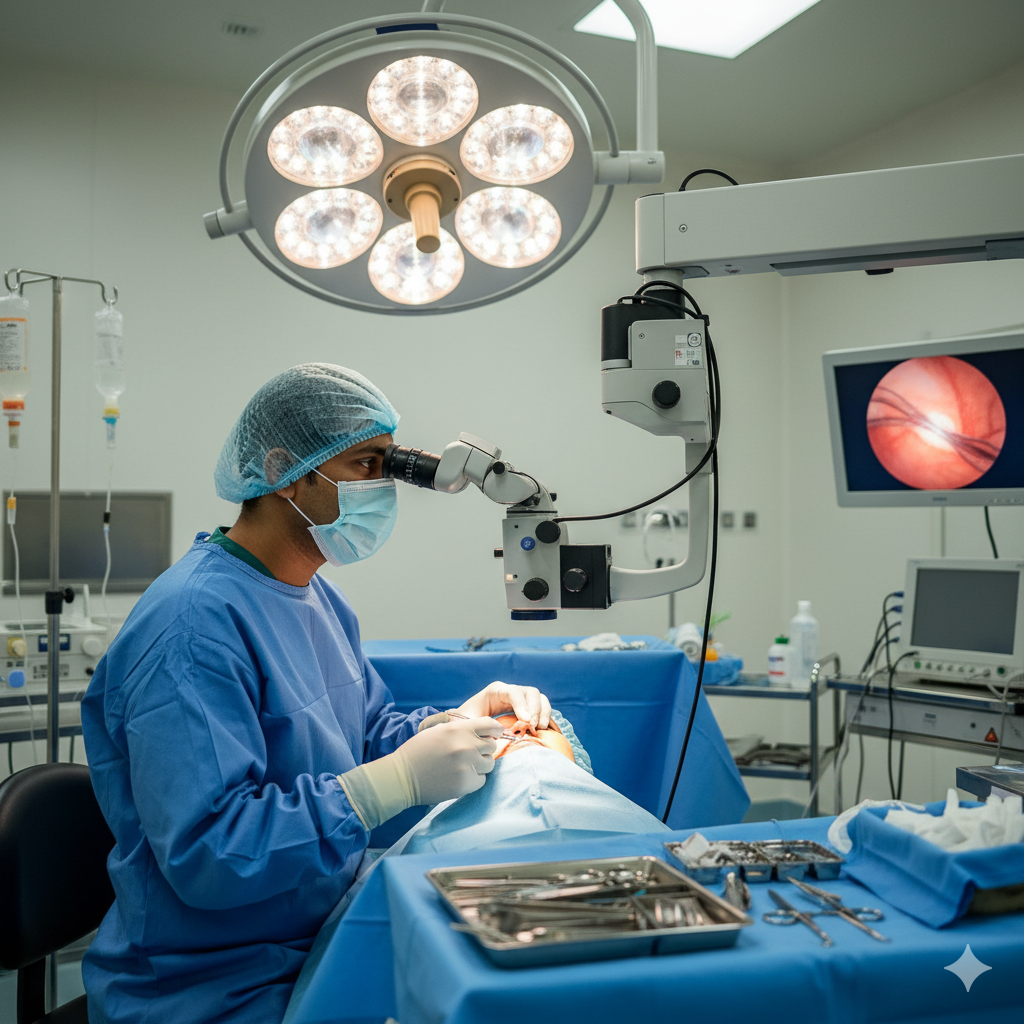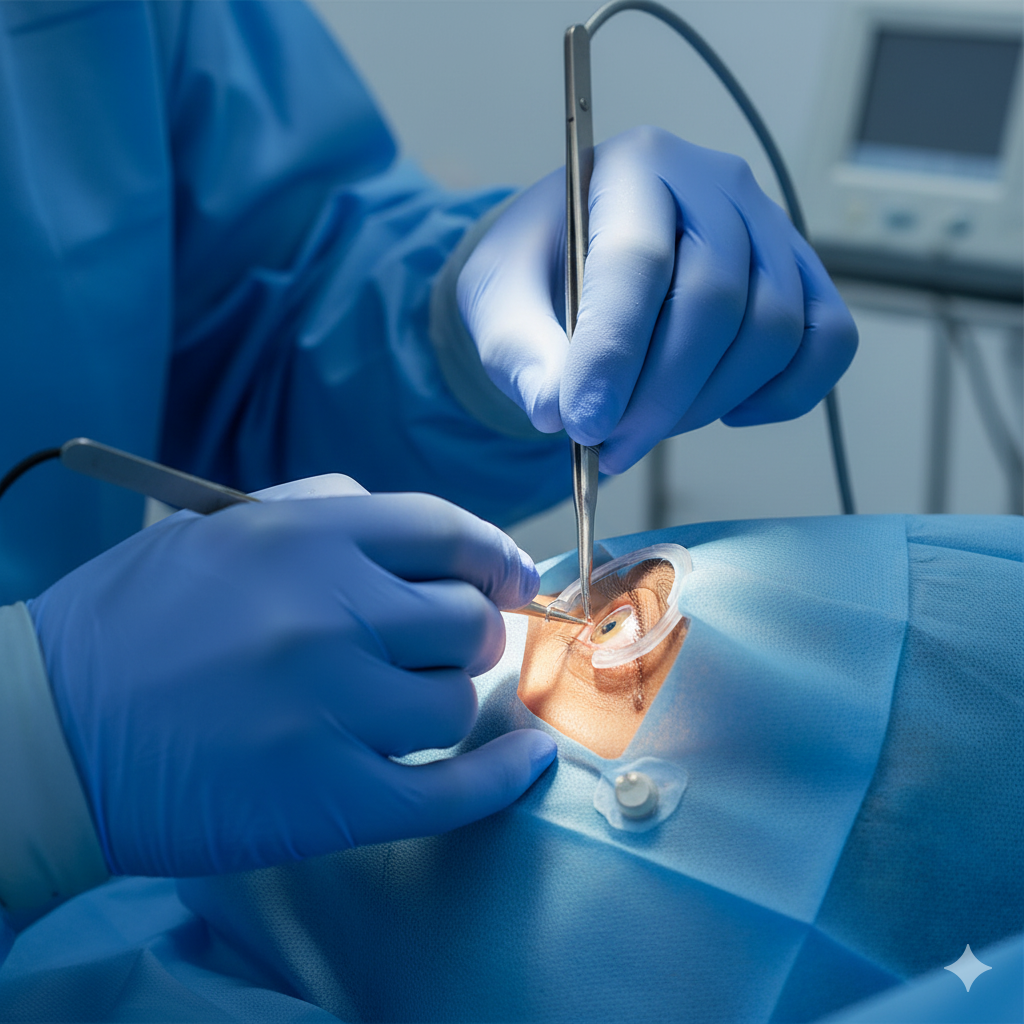


Cataract eye surgery is a safe and effective procedure to remove the cloudy lens and restore clear vision. It involves replacing the affected lens with an artificial intraocular lens (IOL). The surgery is quick, painless, and usually done on an outpatient basis. Most patients experience improved vision within a few days after the procedure.
Cataract eye surgery restores clear vision by removing the cloudy lens and replacing it with a clear artificial lens for improved sight.
Cataract eye surgery is a safe and effective procedure to restore clear vision by removing the cloudy lens and replacing it with an artificial one

Cataract surgery is a procedure to remove the cloudy natural lens and replace it with a clear artificial lens to restore vision.